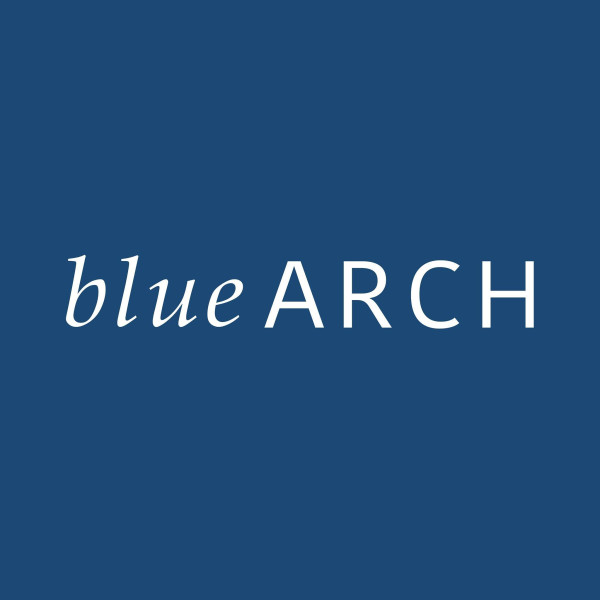5 key facts about this project
The project functions as a multipurpose space, designed to accommodate a variety of activities and gatherings, thereby fostering interaction and collaboration among its users. This flexibility is achieved through an open-plan layout, which can be adapted to serve different purposes, from communal events to individual pursuits. The intention behind this design is to create a welcoming environment that encourages creativity and engagement, making the space relevant for diverse demographic groups.
One of the notable aspects of the project is its careful selection of materials, which include locally sourced stone, timber, glass, and metal. These materials not only contribute to the aesthetic quality of the architecture but also promote sustainability. The use of local materials minimizes the carbon footprint associated with transportation and construction while providing a contextual resonance that ties the building to its location. The exterior showcases a blend of rustic stone and smooth glass, creating a dialogue between the harshness of the natural landscape and the fragility of human-designed environments. This juxtaposition is complemented by warm timber accents that lend a sense of warmth and familiarity.
The architectural design employs a series of strategically placed windows and openings that enhance natural light penetration while framing views of the surrounding landscape. This integration of light is not merely functional; it also serves to connect the interior spaces with their outdoor counterparts, fostering a sense of unity between the occupants and their environment. The incorporation of green roofs and terraces further emphasizes this connection to nature, allowing for biodiversity and promoting a sustainable ecosystem.
The layout of the project reflects a deep understanding of circulation and spatial organization. The flow of movement throughout the space is intuitive, guiding visitors through various transitional areas that reveal different facets of the design. The careful choreography of spaces, from communal gathering areas to quiet nooks, caters to the varying needs of the users, thereby enhancing the overall user experience. This attention to detail in spatial dynamics exemplifies the project’s commitment to user-centric design.
Unique design approaches emerge through the project’s engagement with environmental considerations. The design team has integrated passive heating and cooling strategies, optimizing energy efficiency and minimizing reliance on mechanical systems. Natural ventilation is facilitated through thoughtfully positioned openings, while solar panels hidden within the roof design harness renewable energy without disrupting the visual language of the building.
Aspects of the design also embrace cultural references, drawing on local traditions and building practices. The architectural language reflects a deep respect for the historical context, weaving in elements that pay homage to the vernacular styles of the region. This inherently connects the project to its community, making it not just a structure but a landmark that resonates with regional identity.
Overall, the architectural design project stands as a testament to the principles of thoughtful design, marrying function, aesthetics, and sustainability. By exploring architectural plans, sections, and specific design details, one can appreciate the craft and considerations that have informed this project. As an intriguing case study in contemporary architecture, it invites further exploration of the nuanced ideas that underpin its conception and execution. Interested readers are encouraged to delve deeper into the architectural presentation to uncover the multifaceted layers of design that contribute to the essence of this project.


 Alessandro Costanzia Di Costigliole
Alessandro Costanzia Di Costigliole 




















